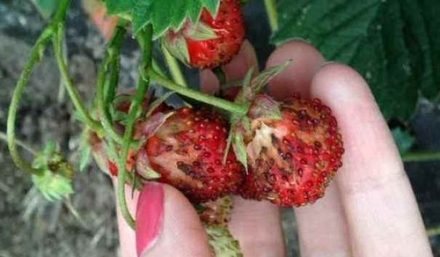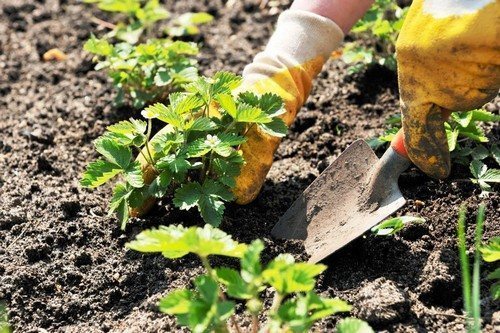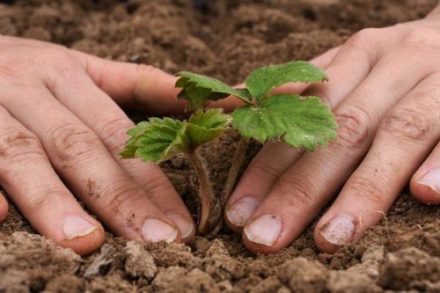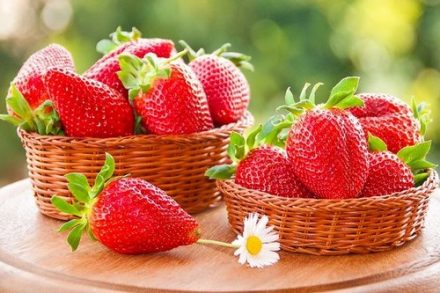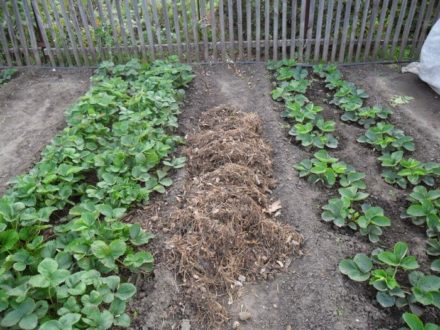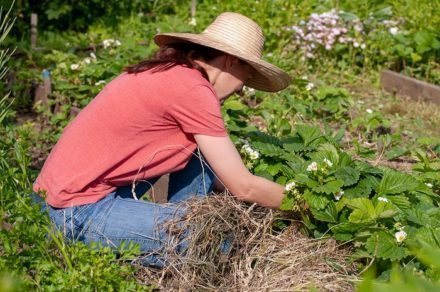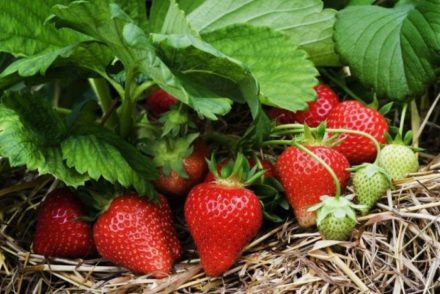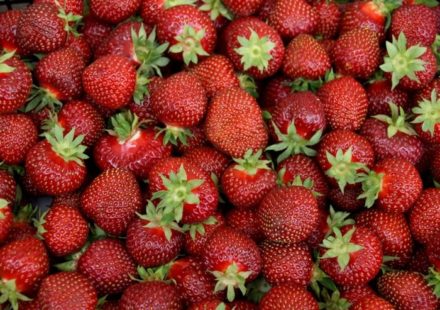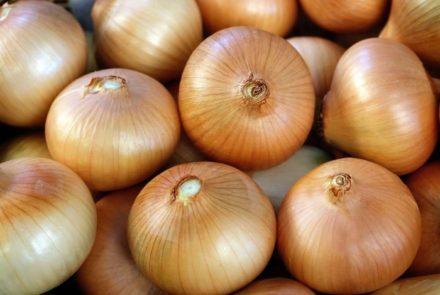Modern strawberry varieties are not able to bear fruit for years; over time, their productivity decreases, and it’s time to renew the plantings. The moment of aging of bushes can be easily determined by certain signs and simply by their age. It is better to lay beds with strawberries according to the conveyor principle. While the young bushes are growing, the harvest is harvested from adult plants. This cycle must constantly be renewed.
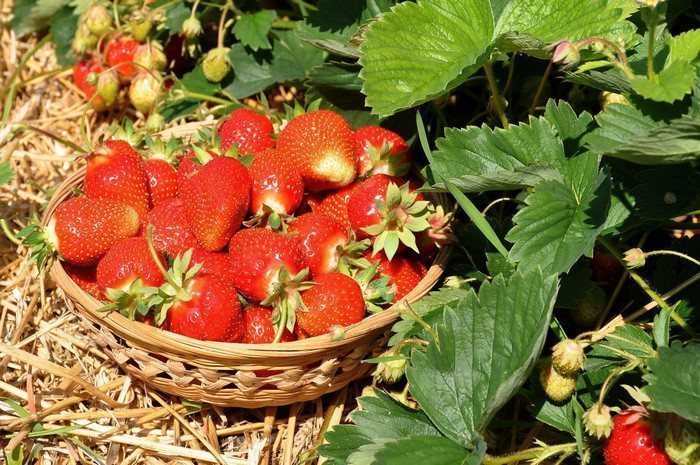
How many seasons in a row do strawberries produce good harvests?
After planting, strawberry seedlings first take root and grow green mass. An annual seedling has only one horn; not many berries ripen on it. In the second summer, another 2–3 horns are formed. It is the second year that is considered peak in terms of yield.
If strawberries are watered in a timely manner and fertilized regularly, they will produce a bountiful harvest of sweet and large berries. In the third year the bush grows even more. The plant already has 6–9 horns and a mass of leaves. As the green mass grows, the strawberries become depleted, and this affects fruiting. The berries become tasteless and their quantity decreases.
Just by looking at the strawberry bush alone, we can conclude that it is time to replace it. The plant becomes powerful and bushy, but the berries, on the contrary, become smaller. This happens with all modern hybrids, and you shouldn’t be surprised. No amount of careful care will help restore the ability of old strawberries to produce abundant fruit.
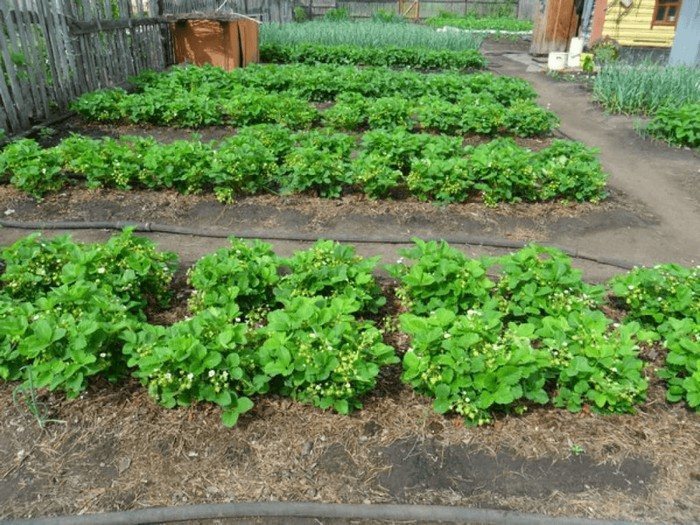
After how many years to renew berry plantings
The third year of cultivation should be the last for the crop. If the yield has not dropped so noticeably, you can leave the bushes in the garden for another season. Thus, it turns out that strawberry plantings require renewal every 3–4 years.
Replanting is also necessary for the reason that over time, plants’ immunity weakens, and pests and pathogens accumulate in the soil. Old strawberries are more often affected by various diseases and are attacked by strawberry mites, weevils, aphids, and nematodes. In this case, there will definitely be no harvest. Strawberry seedlings are planted in another place, and green manure and legumes can be placed in the vacated bed, and after them any vegetables.
It is better to keep several beds with strawberries of different ages on the plot. On the first one will grow annual seedlings, on the second and third - bushes that produce the main harvest, on the fourth - specimens that will need to be dug up and disposed of after fruiting. You can plant strawberries after onions, garlic, radishes, carrots, celery, and parsley.
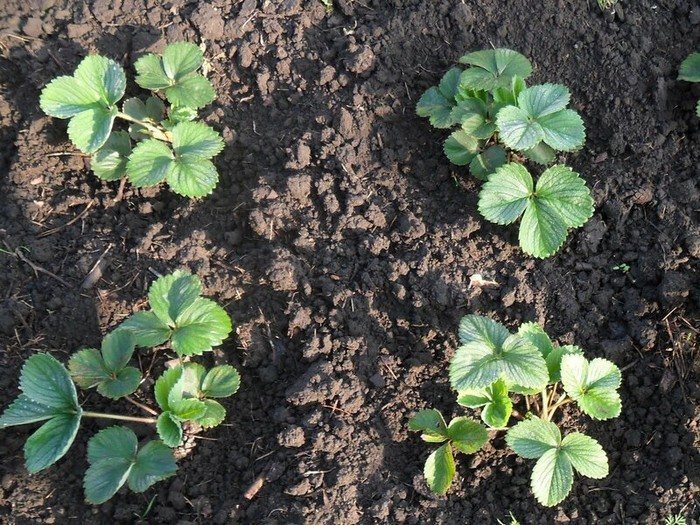
Suitable planting dates
It is better to transplant strawberries immediately after fruiting in July or postpone this procedure until September. Young rosettes grown on the tendrils of mother bushes are usually used as seedlings. 3-4 strong plants are chosen as mother plants, which are not allowed to bear fruit by plucking out the buds. In this case, the strawberry devotes all its energy to the formation of offspring in the form of rosettes.
You can also use a propagation method such as dividing the bush.However, not all strawberries perform well in this case. It is better to use the method not as the main one, but as an additional one if you want to plant more garden strawberries. Bushes no older than 2 years are suitable for this technology.
In the south, it is best to plant strawberries in the spring, using purchased seedlings. In spring, the weather in the southern regions is milder; there is no intense heat that would cause stress to newly planted seedlings. The optimal planting time is at the end of March or beginning of April.
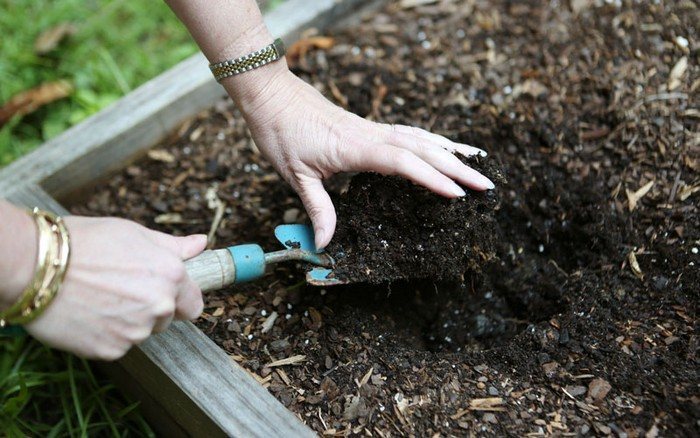
Strawberry propagation according to the rules
The rosettes formed on the tendrils are rooted directly in the ground near the mother specimen or small plastic pots filled with fertile soil are used for this purpose. The mustache is not cut off. Transplantation to a new place is carried out together with a lump of earth, when 3–5 developed leaves are formed on the plants.
When dividing the bush, each part must leave at least one horn and its own roots. The root system is pre-soaked in water to clear it of soil, then it will be more convenient to divide the strawberries. Having divided the plant, the leaves are cut off on each division, leaving only 2-3 pieces (they are shortened by half to reduce moisture evaporation).
The soil in the garden is prepared in advance. The land is cleared of plant debris, dug up, and fertilized. Before planting, dig holes and water them generously. The planting pattern depends on the strawberry variety. 20–35 cm are left between the bushes, the width of the rows (from 40 to 60 cm) correlates with the number of rows.After planting, the growing point, the so-called heart, should remain at soil level.

Renewing strawberry plantings is an urgent need for those who want to get stable yields. In this case, the rules of crop rotation must be taken into account. It will be possible to plant the crop again in the same place no earlier than in 3-4 years. High-quality planting material should be used. Planting deadlines must also be observed.


